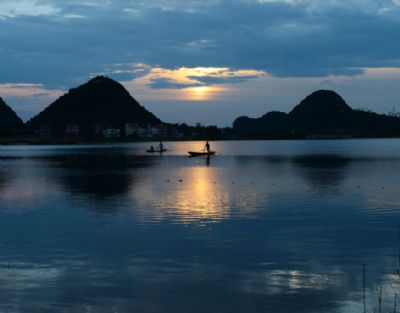
Starts from Youhan Village in Zhuquan Town of Jiahe County in the south and reaches Tanwan Village in Tanping Town in the north, the total area of Zhongshui River National Wetland Park is 483.46 hectares and 268.77 hectares of it is the wetland.
It’s ecosystem has the characteristics of diversification and complex interlacing. From the perspective of the wetland ecosystem, the surface and groundwater systems are interlaced. As far as the type of landform is concerned, stones, caves, peaks, and rocks are all in place, and there are karst rock walls, caves, and cluster stones. If you are looking for some natural places to visit, here you can find hundreds of rare animals and plants.
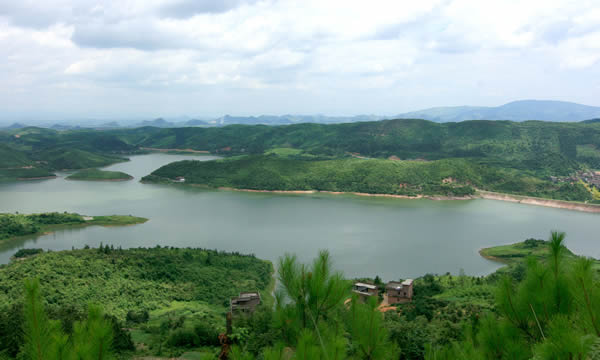
Panjiang Reservoir is surrounded by mountains at the northern of Nanling Mountains. It is a medium-sized water conservancy project built in the early 1970s. The reservoir area is 160 hectares, with a total storage capacity of 30.3 million cubic meters, and can irrigate 5000 hectares of farmland in 7 towns. It is the domestic water supply place for more than 100,000 people.
In recent years, Jiahe County has promoted the construction of ecological civilization and increased protection of the environment and wetlands. The ecological environment has been continuously improved and attracting more and more birds to roost here.
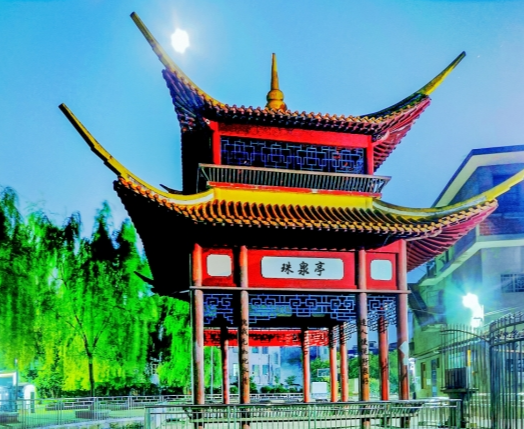
The people of Jiahe regarded Zhuquan, water spring, as their life. As early as 1844, they built a pavilion next to the spring for visitors to relax and named it Zhuquan Pavilion. The Pavilion was rebuilt in 1920 and repaired again in 1958. As time went by, Zhuquan Pavilion became stale and rudimentary after being eroded by wind and rain. In the summer of 1986, the government of county allocated funds for the third major repair of the Zhuquan Pavilion. Xiao Ke, a famous general in China, wrote the plaque of Zhuquan Spring Pavilion(珠泉亭). Here people can enjoy the scenery and their fun.
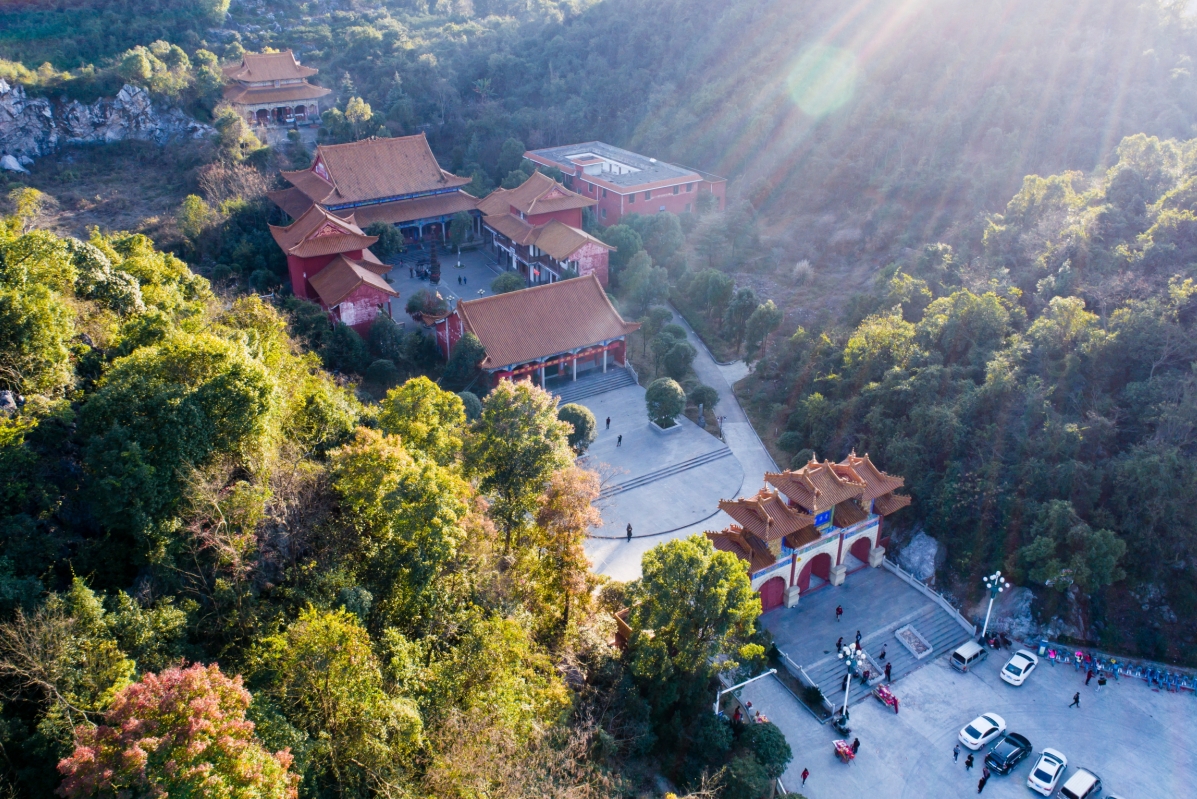
The Puji Temple was originally built in the Tang Dynasty. After several expansions in the Song, Yuan, Ming, and Qing Dynasties, it formed a large-scale building group such as the Daxiongbao Hall, Guanyin Hall, and Xiangshan Hall. It has become a Buddhist land where people pray for wealth and heirs.
Puji Temple is known as the Third Buddhist land in South China, and also listed as one of the eight scenic spots in Jiahe County.

Lingyun Octagonal Pavilion is located in Lingyun Village, Tianxin Township, Jiahe County. It was built in Qing Dynasty and the category is ancient architecture. It is a cultural relics protection spot and you can see the wisdom of ancestors from the Lingyun Octagonal Pavilion.
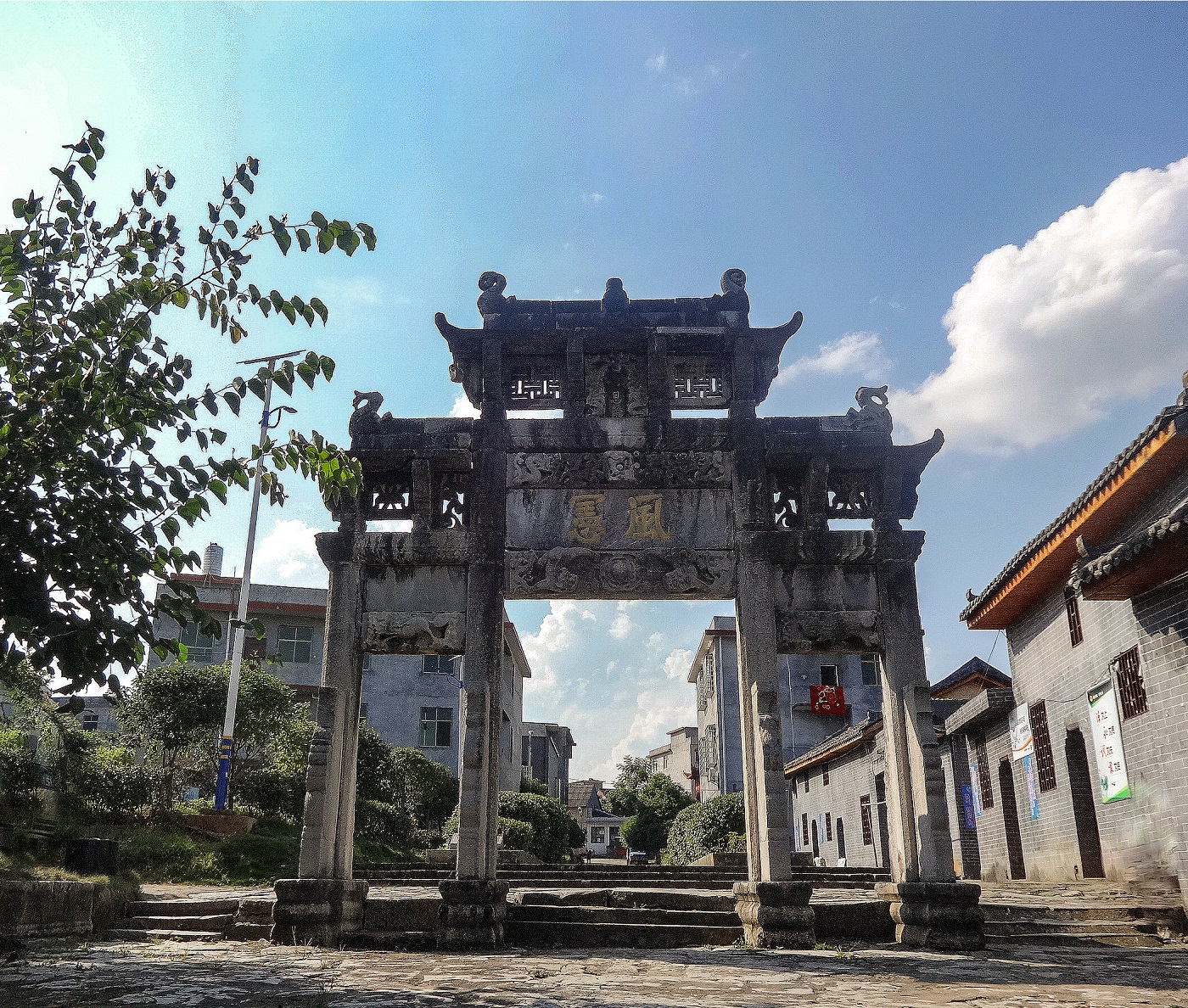
Fengxian Torri was built in the Ming Dynasty and located in Yinxi Village, about 4 kilometers away from Jiahe County.
With a height of 7.3 meters and a width of 5.5 meters, the whole torri is in the shape of Pin(品). The main building is inscribed with the Chinese words 恩荣( awarded by the imperial power). Three dragons are sculptured on both sides and window grilles are carved on the left and right. The words Feng Xian(风宪) is inscribed on the plaque. The upper and lower forehead squares are carved with lifelike dragons and lions, both of which are high-relief perforations. The left and right sub-buildings are decorated in the shape of beasts, and back is engraved with cranes.
The overall building structure reflect the upright, chic and elegant style, which not only has the architectural charm of the Ming Dynasty, but also the heyday of the Qing Dynasty. It is actually one of the rare stone buildings in southern of Hunan Province.
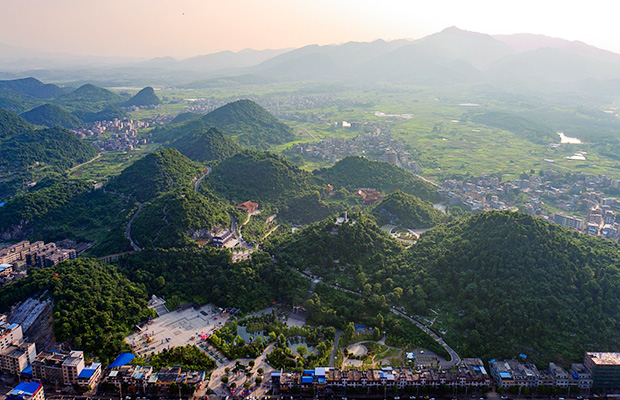
Located in the southwest of Jiahe County, Jiulao Mountain has a total area of 3.19 square kilometers and 90% are limestone mountains. Here the vegetation coverage is about 97% and the forest coverage is 42%. The entire scenic area is divided into planned protection and core construction areas.
With the area of 5002 acres, the planned protection area is focus on afforestation and green trees protecting. The core construction area is composed of nine mountains with an area of 996 acres. There are many scenic spots in the area such as Bingxue Cave Park, where is a leisure place for citizens; Jiahe County Revolutionary Martyrs Cemetery; and Puji Temple, which is known as the Third Buddhist Land in South China. There are also natural landscapes as Turtle Guardian, Shennong Observatory etc. In 2014, Jiulao Mountain was rated as a 3A scenic spot by the national tourism department.
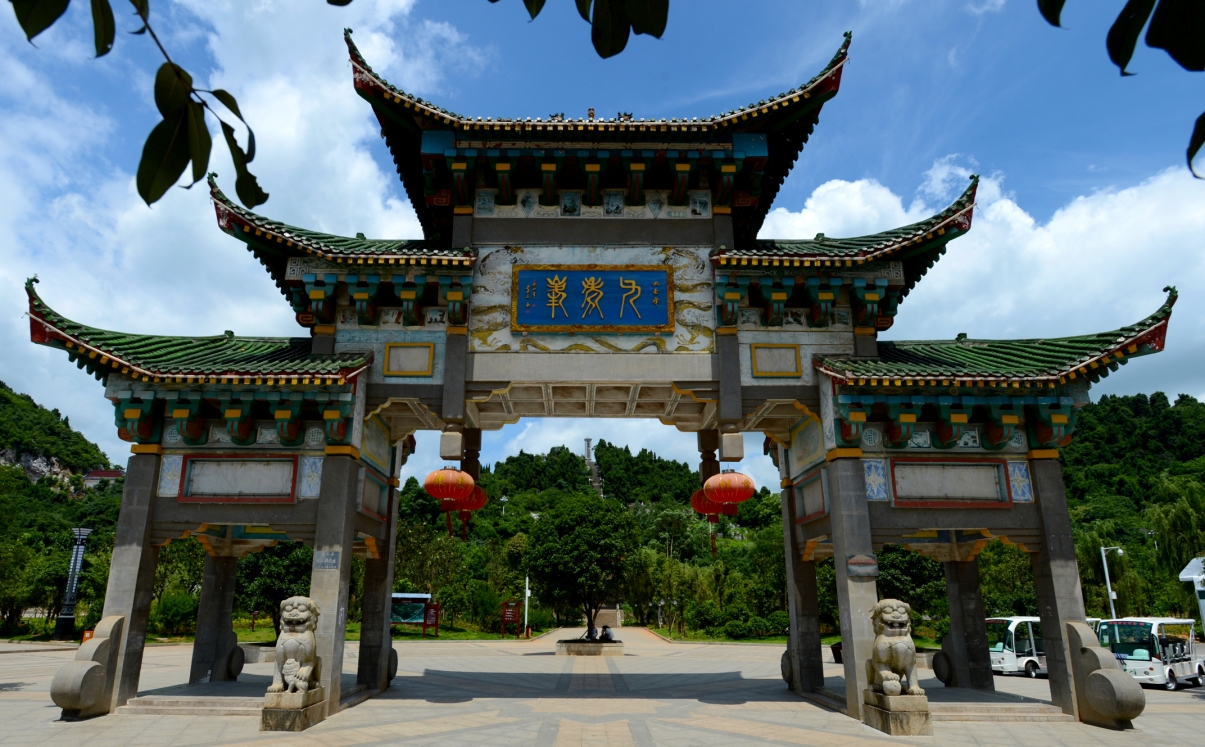
In ancient times, human beings lived by picking wild fruits and hunting animals. They were busy working in the forests all day long but still unable to fill their stomachs. What’s more, they were in a danger of death when they encounter fierce beasts.
There is a legend of Bingxue Cave. Fight for surviving and the development of humanity, the ancestor Shennong traveled thousands of mountains and rivers, and finally found a nine-eared Jiagu seed near the Bingxue Cave under Qitianling Mountain where is located in the west of the Jiahe county. About one mile long and are able to accommodate thousands of people, the cave is warm in winter and cool in summer. It is a good place to travel.